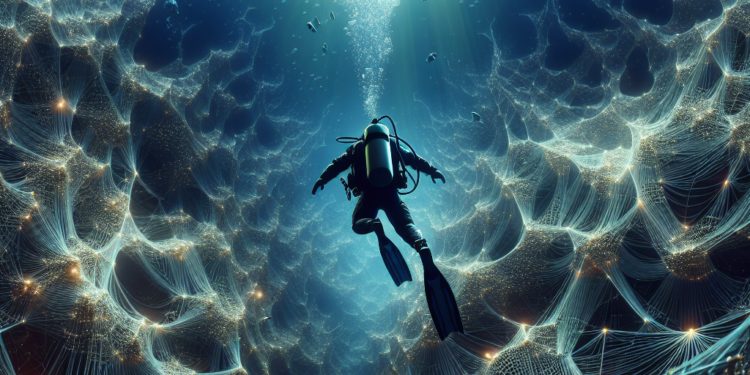Deep Dive into Neural Networks
Neural networks are a fundamental component of artificial intelligence and machine learning technologies. These networks are inspired by the structure and functioning of the human brain, which consists of interconnected neurons that communicate with each other to process information and make decisions. Neural networks have become increasingly popular in recent years due to their ability to learn from data and improve their performance over time.
In this article, we will take a deep dive into neural networks, exploring their architecture, functioning, and applications in various industries. We will also discuss some of the challenges and limitations of neural networks, as well as the current research trends in this field.
Architecture of Neural Networks
Neural networks are composed of interconnected nodes called neurons, which are arranged in layers. The three main types of layers in a neural network are the input layer, hidden layers, and output layer. The input layer is responsible for receiving input data, the hidden layers perform computations on the input data, and the output layer produces the final output of the network.
Each neuron in a neural network is associated with a set of weights and biases, which are adjusted during the training process to minimize the error between the predicted output and the actual output. The process of adjusting the weights and biases to improve the performance of the network is known as training.
The neurons in a neural network are organized into interconnected layers, with each neuron receiving input from the neurons in the previous layer and transmitting its output to the neurons in the next layer. The connections between neurons are represented by a set of weights, which determine the strength of the connection between two neurons.
Functioning of Neural Networks
The functioning of a neural network is based on the concept of feedforward propagation and backpropagation. In feedforward propagation, the input data is fed into the neural network, and the information is passed through the layers of neurons to produce the output. The output is then compared with the actual output, and the error is calculated.
In backpropagation, the error is propagated back through the network, and the weights and biases of the neurons are adjusted to minimize the error. This process is repeated for multiple iterations until the network produces the desired output with minimum error.
Neural networks are capable of learning complex patterns and relationships in data, making them ideal for tasks such as image recognition, speech recognition, and natural language processing. These networks can be trained on large datasets to learn from the data and improve their performance over time.
Applications of Neural Networks
Neural networks have a wide range of applications across various industries, including healthcare, finance, retail, and gaming. In healthcare, neural networks are used for disease diagnosis, medical image analysis, and drug discovery. In finance, neural networks are used for fraud detection, risk assessment, and stock market prediction. In retail, neural networks are used for customer segmentation, demand forecasting, and personalized recommendations. In gaming, neural networks are used for character animation, game testing, and player behavior prediction.
Challenges and Limitations of Neural Networks
Despite their widespread adoption, neural networks have several challenges and limitations. One of the main challenges is the need for large amounts of data to train the networks effectively. Neural networks require a significant amount of data to learn complex patterns and relationships, which can be a bottleneck in applications where data is limited.
Another challenge is the issue of overfitting, where the network performs well on the training data but fails to generalize to new, unseen data. Overfitting can occur when the network is too complex or when the training data is noisy or biased. To mitigate overfitting, techniques such as regularization, dropout, and early stopping can be used.
Current Research Trends in Neural Networks
There are several research trends in neural networks that are shaping the future of artificial intelligence and machine learning. One key trend is the development of deep learning models, which are neural networks with multiple hidden layers. Deep learning models have revolutionized the field of artificial intelligence by enabling the training of large, complex networks on massive datasets.
Another trend is the use of convolutional neural networks (CNNs) for image and video processing tasks. CNNs are a type of neural network that uses convolutional layers to extract features from input data, making them well-suited for tasks such as object recognition, image segmentation, and motion detection.
Recurrent neural networks (RNNs) are another popular research trend in neural networks, particularly for tasks involving sequential data such as time series forecasting, natural language processing, and speech recognition. RNNs are capable of capturing long-term dependencies in data by maintaining a state or memory of previous inputs.
Conclusion
Neural networks are a powerful technology that has the potential to transform many industries and improve our daily lives. By understanding the architecture, functioning, and applications of neural networks, we can harness the full potential of this technology and drive innovation in artificial intelligence and machine learning.
As research in neural networks continues to advance, we can expect to see even more sophisticated models and algorithms that push the boundaries of what is possible with artificial intelligence. With ongoing developments in deep learning, convolutional neural networks, and recurrent neural networks, the future of neural networks looks brighter than ever.













